Divide shrubs?
thisbetty
14 years ago
Related Stories
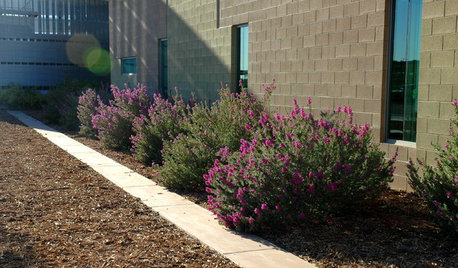
GARDENING GUIDESHow to Avoid Overcrowded, Overpruned Shrubs
Go for a more natural look that’s easier and less expensive to maintain by giving your plants the right amount of growing room
Full Story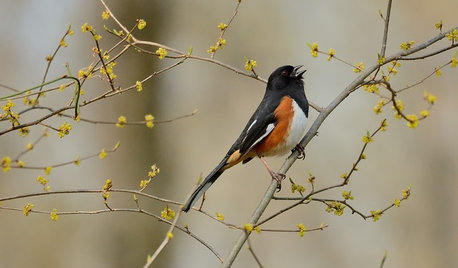
GARDENING GUIDES10 Standout Native Shrubs and Small Palms for Southern Gardens
These hardworking plants serve a variety of purposes, such as screening views and attracting native wildlife
Full Story
PATIOSGet Backyard Privacy the Subtler, Stylish Way
Why settle for a hulking brick wall when plants, screens and other refined backyard dividers do the job with panache?
Full Story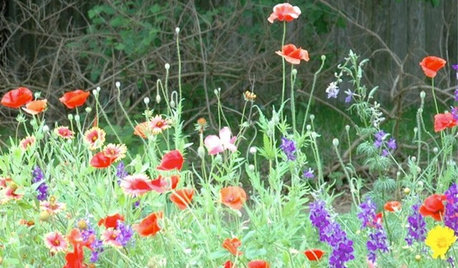
GARDENING GUIDESTexas Gardener's October Garden Checklist
Earn a "free" bonus by dividing perennials, make planting a priority now for hardy growth next year and keep an eye on your lawn
Full Story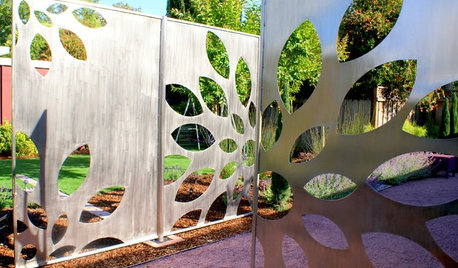
LANDSCAPE DESIGNPolish Your Garden's Look With Metal
Use iron dividers and planters, steel steps and walls, and even metal water features to give a landscape a decorative edge
Full Story
FALL GARDENINGWhy Fall Is the Best Time for Planting
Spring is overrated for planting. Starting plants in autumn has advantages for both garden and gardener
Full Story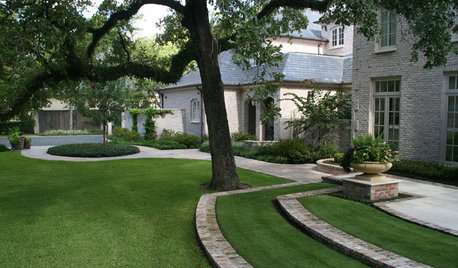
GARDENING GUIDESTexas Gardener's September Checklist
Clear out summer's leftovers to make way for your fall garden's perennials, trees and shrubs
Full Story0

GARDENING GUIDESGreat Design Plant: Sambucus Nigra
Common elderberry is a highly adaptable shrub from the eastern U.S., with berries galore for wildlife and humans alike
Full Story
GARDENING GUIDES8 Plants That Snobs Love to Hate — and You'll Love to Grow
Don't dismiss these common annuals, perennials and shrubs — there are reasons they've been popular for so long
Full Story
GARDENING GUIDESGreat Design Plant: Grow Blueberries for Their Fruit and More
Eastern gardeners should consider growing blueberry plants for their delicious fruits, bee-friendly spring blooms and brilliant fall foliage
Full StorySponsored
Columbus Area's Luxury Design Build Firm | 17x Best of Houzz Winner!
More Discussions






yiorges-z5il
brandon7 TN_zone7
Related Professionals
Maple Valley Landscape Architects & Landscape Designers · Manorville Landscape Architects & Landscape Designers · Milwaukee Landscape Architects & Landscape Designers · Signal Hill Landscape Architects & Landscape Designers · Southfield Landscape Architects & Landscape Designers · Alexandria Landscape Contractors · Brockton Landscape Contractors · Clearlake Landscape Contractors · Concord Landscape Contractors · El Sobrante Landscape Contractors · Fort Myers Landscape Contractors · Holtsville Landscape Contractors · Northport Landscape Contractors · Ocoee Landscape Contractors · Sun Valley Landscape Contractorsorigami_master
thisbettyOriginal Author
calistoga_al ca 15 usda 9
thisbettyOriginal Author
flora_uk